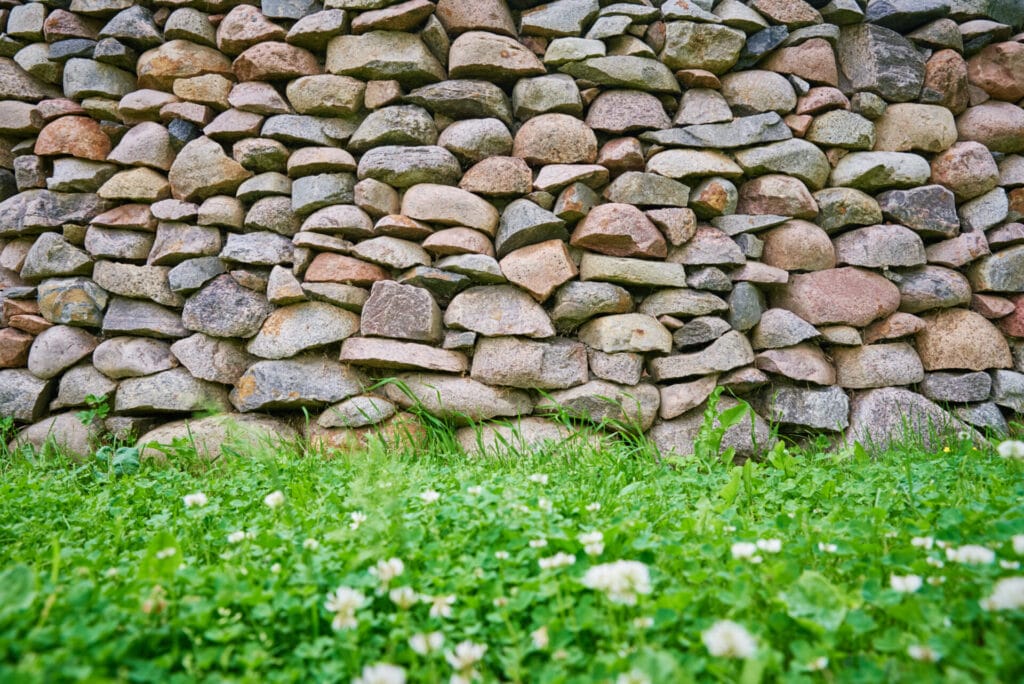BY DANIELA GIRALDO – APRIL 26, 2024

Retaining walls play a crucial role in landscaping, providing structural support while adding aesthetic appeal to outdoor spaces. Whether you’re dealing with sloped terrain, creating garden beds, or enhancing the visual appeal of your property, investing in durable retaining walls is essential. In this comprehensive guide, we’ll delve into everything you need to know about designing, building, and maintaining durable retaining walls for landscaping projects.
Before diving into the specifics of durable retaining walls, let’s start with the basics. Retaining walls are structures designed to hold back soil and prevent erosion. They are commonly used in landscaping to create terraces, define outdoor spaces, and support plantings. Retaining walls can be made from various materials, including concrete, stone, brick, timber, and even recycled materials like tires or railway sleepers.
When it comes to retaining walls, durability is paramount. A durable retaining wall ensures long-term stability, prevents erosion, and withstands the elements. Choosing the right materials and construction techniques is crucial for achieving durability. Additionally, proper drainage and backfilling are essential to prevent soil pressure and water damage, which can compromise the integrity of the wall over time.
Concrete retaining walls are known for their strength and durability. They can be poured on-site or installed as precast blocks, offering versatility in design and construction.

Natural stone retaining walls add a timeless charm to any landscape. Stone walls are durable and can withstand harsh weather conditions, making them an ideal choice for outdoor spaces.

Brick retaining walls combine durability with classic elegance. They provide excellent structural support and can be customized to complement the architectural style of your home.

Timber retaining walls offer a rustic aesthetic and are relatively easy to install. However, proper treatment and maintenance are essential to prevent rot and decay over time.

Gabion walls consist of wire baskets filled with rocks or other materials. They are durable, environmentally friendly, and provide excellent drainage, making them suitable for various landscaping applications.

When designing a durable retaining wall, several factors should be taken into account:

Building a durable retaining wall requires careful planning and precise execution. Here are some construction techniques to ensure longevity and stability:
Durable retaining walls are essential components of landscaping projects, providing structural support, erosion control, and aesthetic enhancement. By choosing the right materials, design, and construction techniques, you can create retaining walls that withstand the test of time and enhance the beauty and functionality of your outdoor space. Whether you’re tackling a small garden project or a large-scale landscaping endeavor, investing in durable retaining walls is a decision that pays off in the long run.
Share this post:
Check other topics that may help you get more insights for your project:




